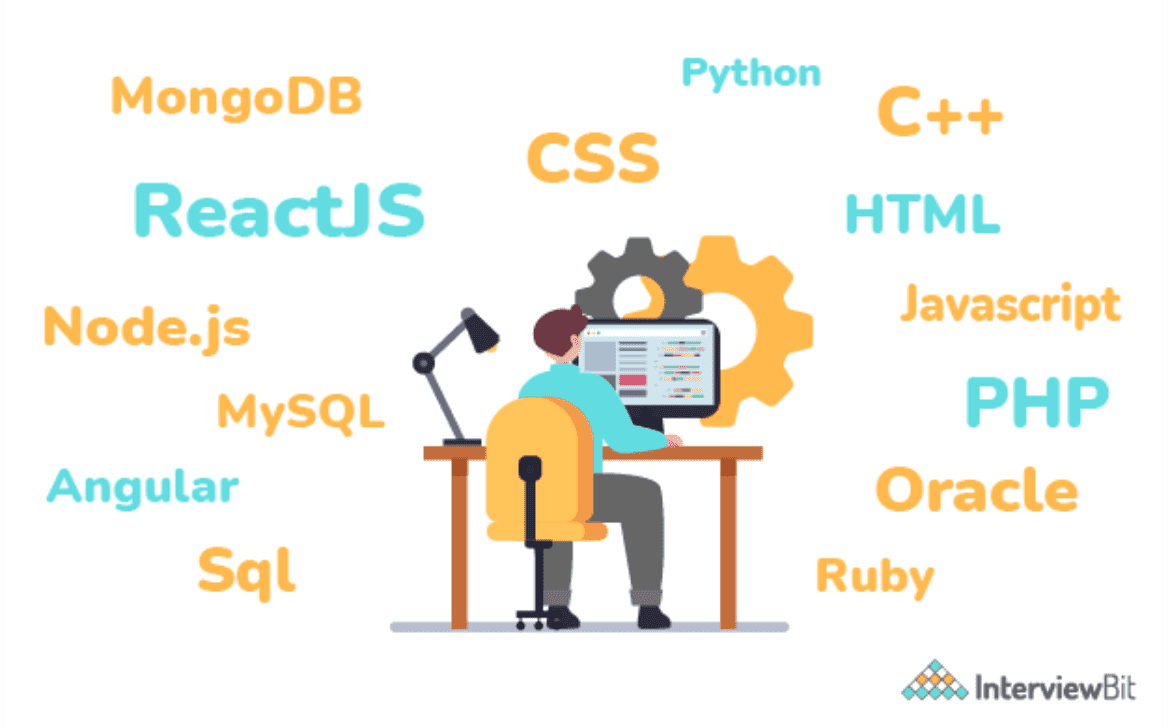Crafting Digital Experiences: The Role and Work of a WordPress Web Designer
Introduction
In the realm of web design, WordPress has emerged as a powerful tool that empowers designers to create visually captivating and functional websites. A WordPress web designer combines design aesthetics with technical expertise to craft digital experiences that engage and resonate with users. This blog delves into the role and work of a WordPress web designer, shedding light on their responsibilities, skills, and the art of transforming concepts into compelling online destinations.
- Defining the Role of a WordPress Web Designer
A WordPress web designer is a creative professional who specializes in designing and building websites using the WordPress platform. They marry design elements with technical functionalities to create user-friendly and visually appealing online spaces.
- Visual Design Mastery
At the core of a WordPress web designer’s work is visual design. They create layouts, color schemes, typography, and visual elements that align with the brand’s identity and engage users effectively.
- Customizing WordPress Themes
WordPress web designers leverage pre-designed themes as starting points and then customize them to match the specific needs of a project. This involves modifying layouts, styles, and functionalities to align with the client’s vision.
- Responsive Design Implementation
Responsive design is paramount in today’s digital landscape. WordPress web designers ensure that websites function seamlessly across various devices and screen sizes, enhancing the user experience.
- UI/UX Considerations
User Interface (UI) and User Experience (UX) are central to a WordPress web designer’s work. They create intuitive navigation, clear calls-to-action, and interactive elements that guide users through the website effortlessly.
- Integrating Plugins and Functionalities
WordPress web designers select and integrate plugins that add functionalities to websites. Whether it’s contact forms, social media sharing, e-commerce capabilities, or multimedia integration, they ensure a seamless user experience.
- Content Layout and Presentation
WordPress web designers structure content to make it easily accessible and visually appealing. They understand the importance of hierarchy, readability, and engaging visuals in capturing users’ attention.
- SEO-Friendly Design
WordPress web designers incorporate SEO best practices into their designs. This includes optimizing images, ensuring proper heading structure, and creating clean code that search engines can easily crawl.
- Collaboration with Developers
In more complex projects, WordPress web designers collaborate with developers to implement advanced functionalities, customize themes, and ensure smooth website performance.
- Continuous Learning and Evolution
The digital landscape evolves rapidly, and WordPress web designers stay up-to-date with new design trends, plugins, and tools to deliver modern and innovative web solutions.
Conclusion
WordPress web designers are the artists who bring digital visions to life. Their fusion of design prowess and technical skills results in websites that engage, inform, and captivate users. From crafting responsive layouts to integrating plugins and ensuring SEO-friendly designs, WordPress web designers play a pivotal role in creating online spaces that leave a lasting impression. Whether it’s for personal blogs, corporate websites, or e-commerce platforms, their work transforms concepts into visually stunning and functional realities in the digital realm.











